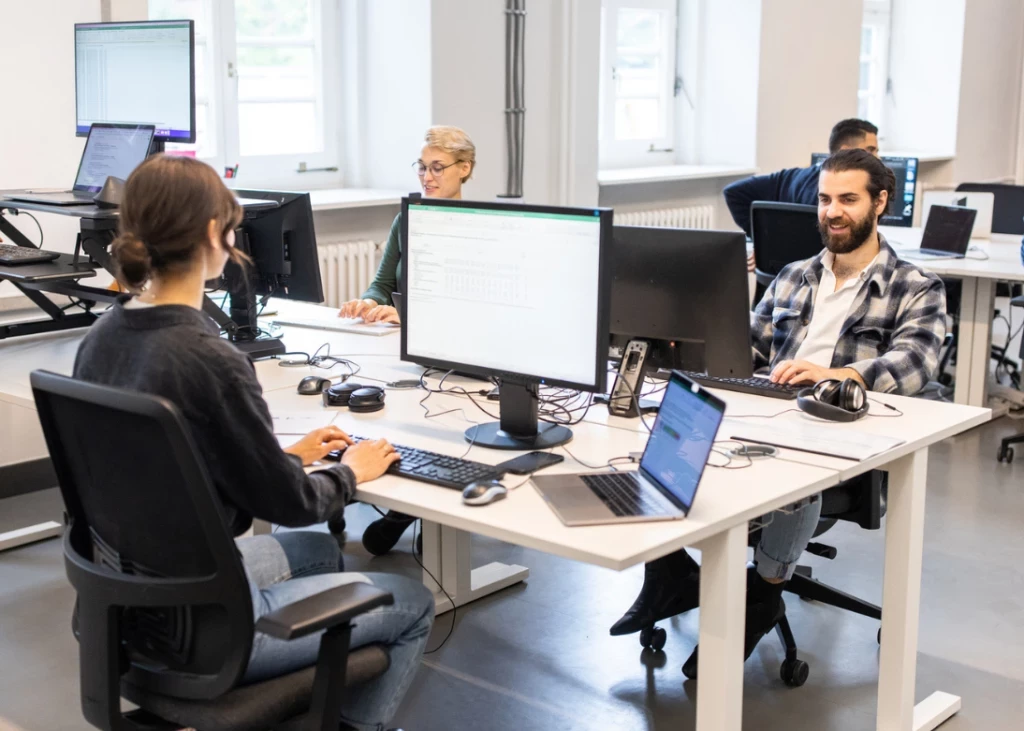A few years back I attended a performance improvement conference. I was so taken with the team from Bath & Body Works and their presentation on the painful and enthusiastic birthing of their corporate university.
Since their conception in the 1950s and their proliferation and momentum in the 1980s, corporate universities have evolved and grown to hail continuous learning, cross-functionality and results in an effort to support the organization’s strategic intent.
According to Corporate University Xchange, a publication that informs and represents the corporate university culture, the corporate university is alive and well and having the bulk of its operational and programmatic conversations with senior level executives. Corporate universities are "designing programs that expose executives to current thinking" (Todd, 2006).
On the other end of the corporate university rainbow are the nay-sayers who spell doomsday for corporate university effectiveness and even its continued existence.
Bersin & Associates, a renowned research consultancy, posted Death of the Corporate University (Bersin, 2007), outlining how the current corporate university model simply cannot design and deliver training "on-demand," in a "job relevant" way that is "constantly changing" to meet the demands of a permeable organization.
I agree.
So as companies recognize the corporate university’s value in powerfully branding their organizations as effective, strategic and results-oriented, I hope they reorganize their priorities, methodologies and venues. I’d like to see them:
- Consider the corporate university’s illustrious past and honor the corporate university’s strategic intent.
- Use best practice adult learning, namely, performance based design and learner-centered delivery.
- Utilize the technological advancements that drive learning delivery.
- Make certain the corporate university’s vision, mission and critical goals are tied to those of the host organization.
- Base all offerings on a comprehensive needs analysis that reveals gaps needed to be closed in order to meet the critical goals of the organization.
Keep All Learning Performance-Based
In order to support the strategic objectives of the organization, Bersin & Associates explained in Death of the Corporate University how important it is to make the learning-job relevant.
Make certain that all learning objectives are derived from the job and the environment the job resides in. Refrain from dumping content—especially in eLearning delivery. Content can be gathered by the learner with a few strokes of a keyboard.
Instead:
- Analyze and map out the job.
- Identify the desired performance action, environment and standards compared to the existing performance, environment and standards.
- Design solutions to close gaps between existing and desired performance addressing the work, the worker and the workplace as an entire systems, employing best practices in instruction, process improvement, project management and performance management.
Avoid an Instructor-Centered Mode of Learning Delivery
The stage-on-the-stage delivery model is still prevalent on our college and university campuses. It has no place in a corporate university. Corporate university learning must be performance-based, interactive, social, facilitated, coached and fun in order to be effective and meet the job growth needs of adults in the workplace.
Use Current Learning Strategies That Incorporate On-Line Learning Venues
Wikis, blogs and social networking, as well as iLVT (instructor-led virtual training) and blended learning solutions are capturing best practice status and best shared learning strategy at the speed of light.
According to McKinsey & company’s third annual survey, How Companies Are Benefiting From Web 2.0, McKinsey Global Survey Results (McKinsey & Company Quarterly Report, 2009) these formats create an increased speed of access to knowledge, increased employee satisfaction and increased customer satisfaction.
Corporate universities might follow the best practices of their namesakes—many colleges and universities are increasing their Web-based learning opportunities.
In this sorely needed re-mix, I hope to see corporate universities align the learning to the host organization’s strategy, design with the job’s necessary performance in mind, facilitate interactive learning rather than stuff content and use the innovations and tools of social and on-line learning.
I’d like the corporate universities to re-master themselves into virtual, blended "brain jump" models of our future in growing skills, knowledge and relevant behaviors at work!
























